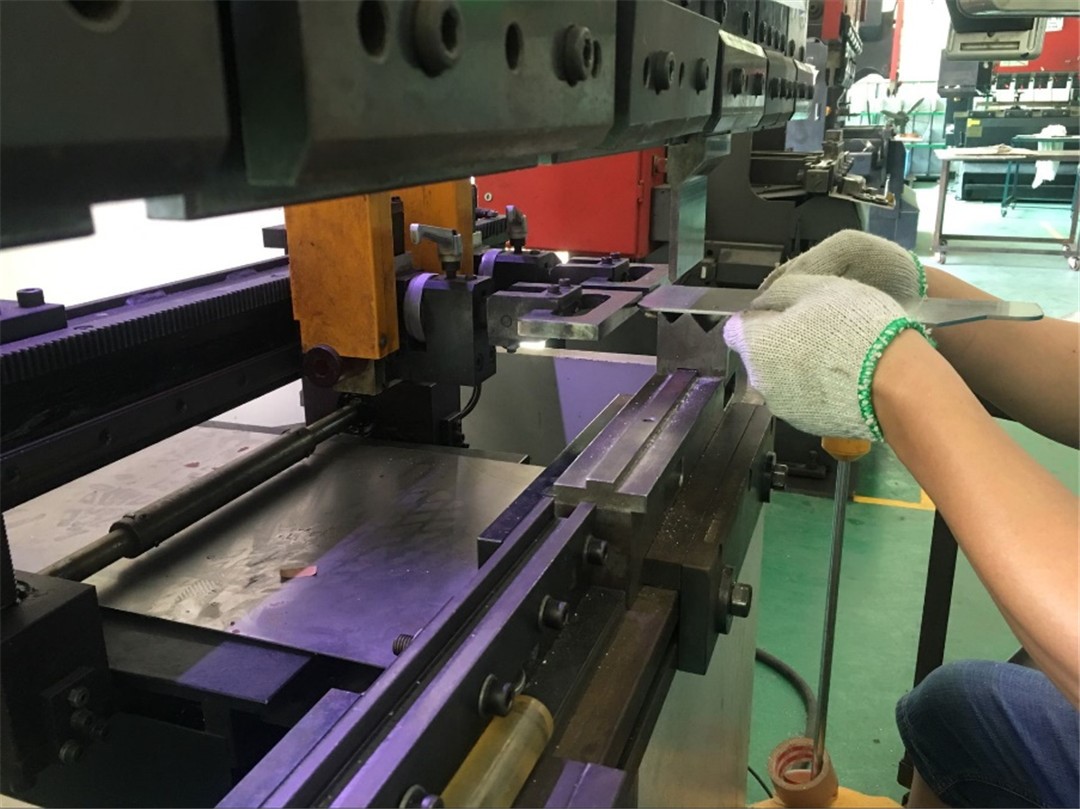Sheet metal prototyping is an essential stage in the process of product development. It enables engineers and designers to test and improve their concepts before mass production. Prototyping, however, can be costly, particularly for new and small enterprises. These are five low-cost methods for increasing the affordability of sheet metal prototyping without sacrificing quality.

Optimize Design for Manufacturability
One important concept in sheet metal design is design for manufacturability (DFM), which includes designing components in a way that lowers costs and streamlines manufacturing. You can reduce the prototype's complexity by taking the production process into account when designing the product. This involves employing standard tooling sizes, streamlining hole patterns, and cutting down on bends. Furthermore, expenses can be considerably decreased by avoiding extremely tight tolerances and specifying the proper material thickness.
Leverage Prototyping Tooling
Investing in prototyping tooling can be an economical method of producing sheet metal prototypes. The term "prototyping tooling" describes equipment and tools made specifically for producing prototypes rather than large-scale production. These tools enable quicker adjustments and adaptations because they are frequently more adaptable and less costly. You can cut down on the time and expense of assembling and disassembling production equipment by employing prototyping tooling.
Choose the Right Materials
The choice of materials has a major impact on sheet metal prototyping costs. Although it could be alluring to construct prototypes out of expensive materials, going with less expensive options can cut costs without sacrificing the prototype's functioning. For instance, because of its lightweight, resistance to corrosion, and ease of manufacture, aluminum is frequently considered an affordable material. Furthermore, prototyping can be more effectively completed and material costs can be decreased by employing thinner gauge materials. Achieving cost-effectiveness requires finding a balance between the requirements of the prototype and the cost of the materials.
Utilize Rapid Prototyping Technologies
Rapid prototype technologies can drastically lower the cost and time associated with sheet metal prototyping. Examples of these technologies are laser cutting, waterjet cutting, and CNC machining. These technologies are very flexible and precise, which makes it possible to create intricate details and complex geometries. Using rapid prototyping techniques, you can create precise prototypes fast and without requiring costly tooling or lengthy setup procedures.
Partner with Specialized Prototyping Services
For sheet metal prototyping, working with specialized prototyping providers can save you a lot. These experts possess the knowledge, tools, and experience necessary to create excellent prototypes at reasonable costs. You can benefit from a specialized service provider's economies of scale and industry experience by outsourcing prototypes to them. Prototyping services can also help with design and offer insightful suggestions on how to make your idea more affordable and feasible. With this, you can concentrate on other facets of product creation while guaranteeing that your prototypes fulfill the necessary criteria.
Considering design, materials, and production processes carefully is necessary for a cost-effective sheet metal prototype. By keeping the above tips in mind, you can drastically cut prototyping costs. These techniques improve the overall efficacy and efficiency of the product development process in addition to lowering the cost of a sheet metal prototype. Whether your company is new or well-established, these cost-cutting strategies will help you launch your products more quickly and affordably.
















